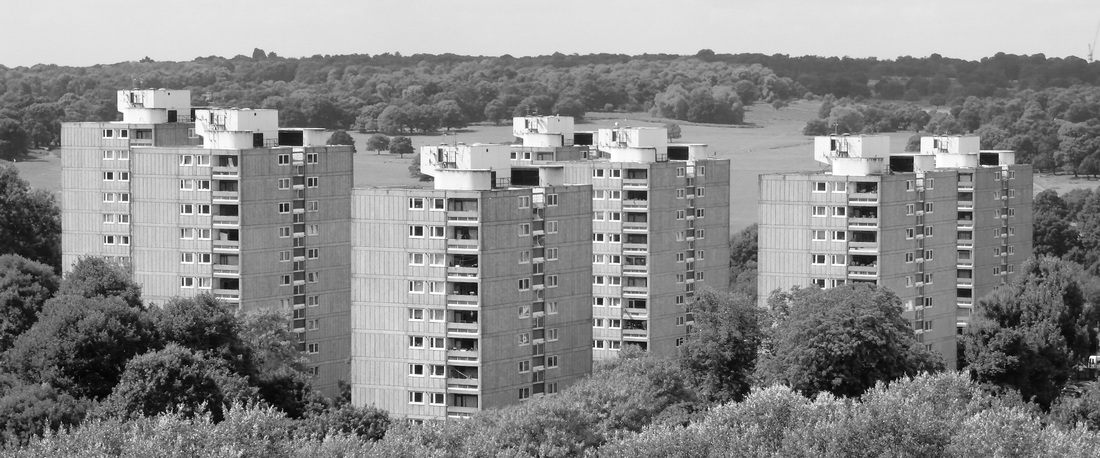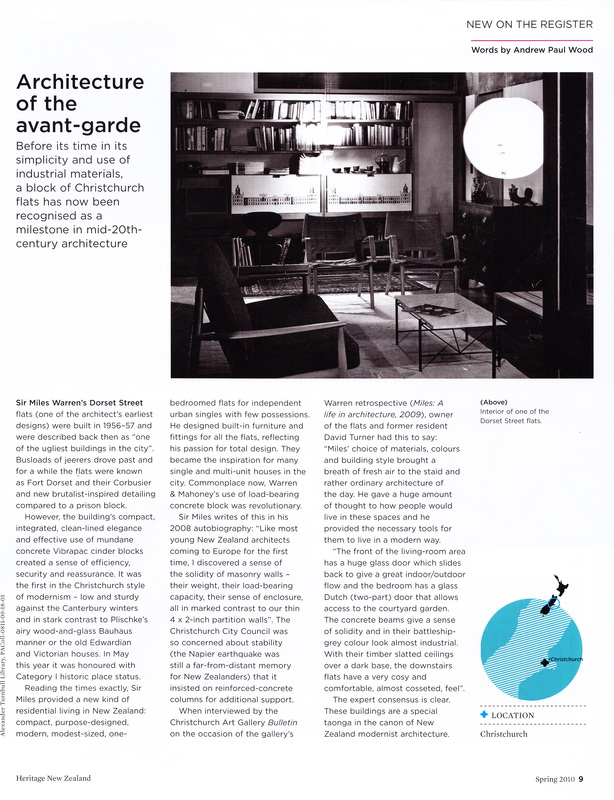Between 1953 and 1955, Miles Warren was employed by the London County Council Architects Department - the largest and most progressive architectural practice in the country. He was put to work draughting for the Alton West Estate - a Corbusian-influenced project in the southwest of the city.
"I was hired, and with the greatest good luck joined a group that was to produce some of the best London City Council architecture in its heyday.”
Read more:
www.dorsetstreetflats.com/europe-london-and-alton-west





 RSS Feed
RSS Feed